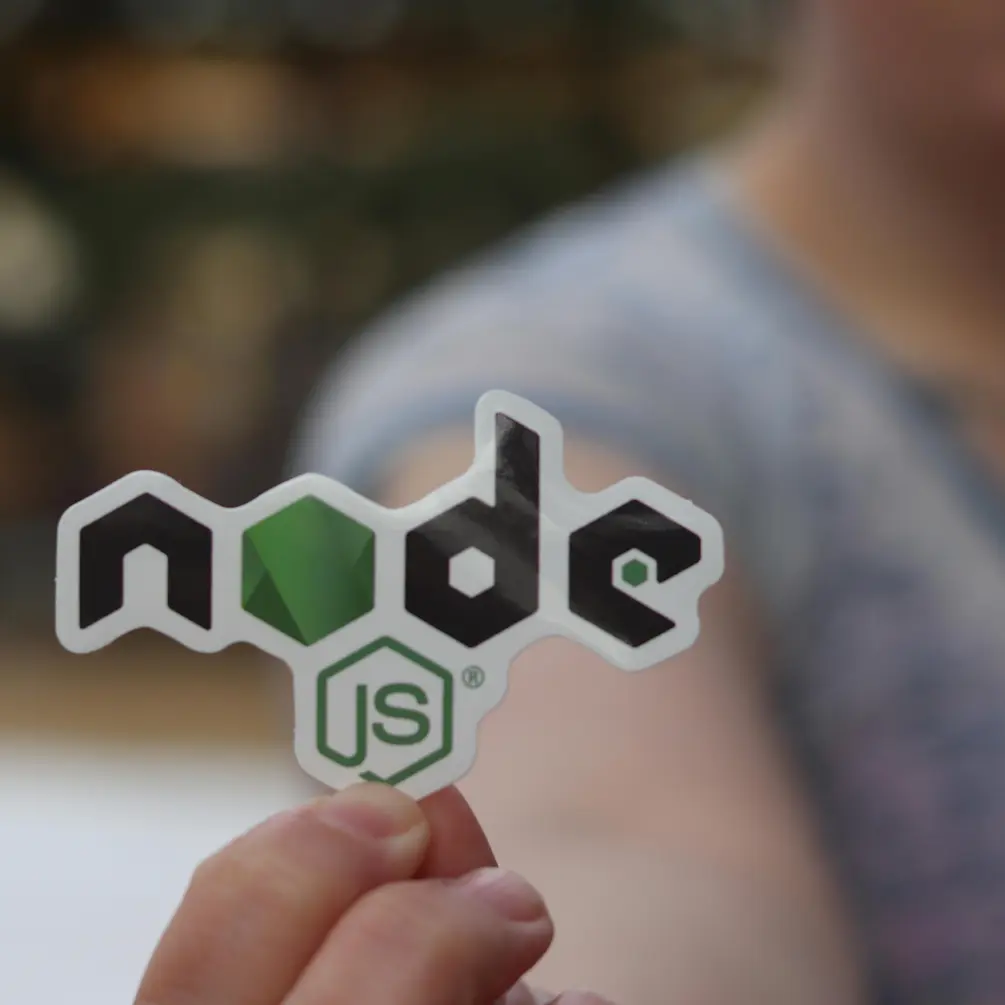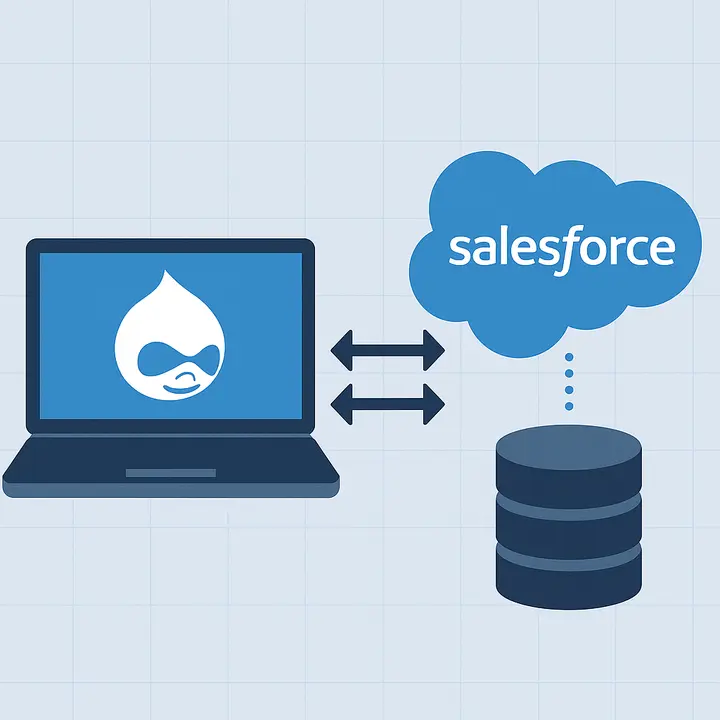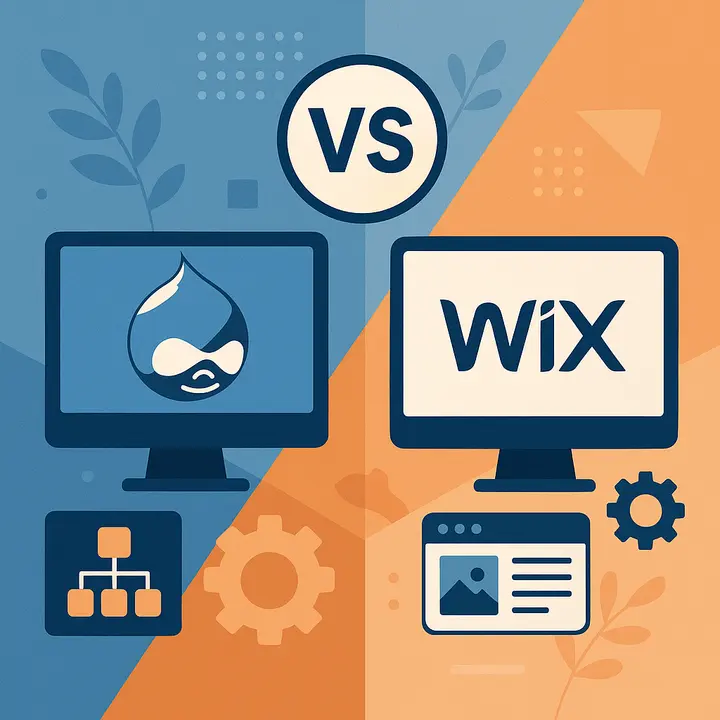Why Node.js is taking over Drupal in 2025?
Some time ago, Drupal used to be the go-to choice for building websites with complex data structure. Its unique architecture was able to handle large-scale content management workflows and tasks. But as of 2025, there is a tendency for web developers to change Drupal tech stack in favor of Node.js.
Let’s review what is happening in the world of web development and why Node.js is taking over Drupal in more detail.
1. The web is about experiences
Back in Drupal’s heyday, websites were mostly static or content-driven. You’d click a link, load a page, read an article. Simple. But today? The modern web is dynamic, interactive, and real-time. Users expect instant updates, seamless interactions, and web apps that behave more like native software.
Think about apps like Slack, Uber, or even your favorite live-streaming service. These aren’t just websites: they’re real-time experiences. And that’s where Drupal stumbles. It was built for structured content, not for managing the complex, event-driven workflows that modern apps demand.
Node.js, on the other hand, thrives in this environment. Its non-blocking, event-driven architecture makes it perfect for real-time applications, where speed and responsiveness are key.
2. Full-Stack JavaScript is changing the game
Let’s be real, developers love efficiency. And one of the biggest advantages of Node.js is that it allows you to use JavaScript on both the front-end and the back-end. No more juggling multiple languages, switching contexts, or dealing with the inefficiencies of integrating PHP-based Drupal with modern JavaScript frameworks.
With Node.js, everything speaks the same language, making development faster, smoother, and more maintainable. Teams can work more cohesively, codebases become more streamlined, and hiring talent gets easier.
Drupal, unfortunately, still lives in the PHP world. While it’s tried to modernize, it just doesn’t offer the same full-stack synergy that Node.js does.
3. Microservices & API-first architectures are the future
The monolithic approach that Drupal relies on is becoming a thing of the past. Today, businesses are shifting to microservices and API-driven development, where different services handle different tasks and communicate with each other.
Need a payment service? Plug it in. Need a chatbot? Drop it in. Want to add machine learning features? Easy.
This level of modularity is where Node.js shines. It makes building and scaling flexible, component-based architectures effortless. Drupal, on the other hand, was designed for content-heavy websites with a more traditional structure. It can be forced into an API-first model, but it’s not built for it.
4. DevOps & cloud-native adoption
Modern development is about deploying, scaling, and maintaining applications efficiently. Node.js is custom-made for cloud-native environments, with lightweight, container-friendly architecture that makes it easy to deploy and scale on platforms like AWS, Google Cloud, or Azure.
Drupal, with its heavier footprint and database-driven nature, doesn’t integrate as seamlessly into cloud-based workflows. It can be done, sure, but it’s not as smooth as with Node.js, which is designed with modern DevOps principles in mind.
5. Speed & scalability
Yes, Node.js is faster. Yes, it’s more scalable. But the real question is: what kind of applications need that speed and scalability?
Drupal excels at managing massive content-heavy sites. But in a world where speed and real-time interactions define user experience, traditional CMS platforms are struggling to keep up.
Meanwhile, Node.js powers everything from real-time trading apps to collaborative tools like Google Docs clones.





